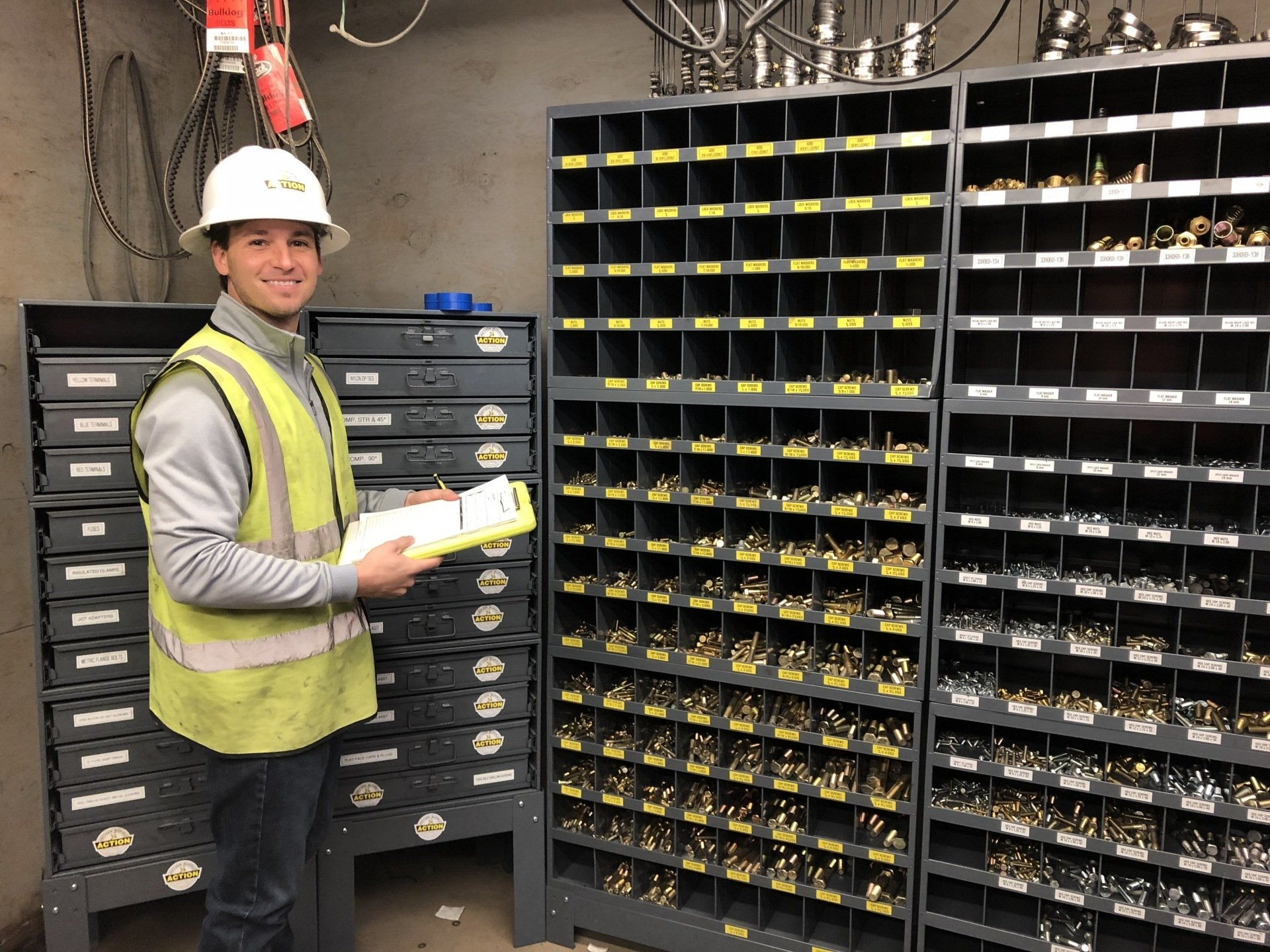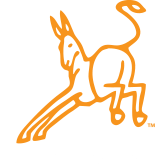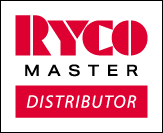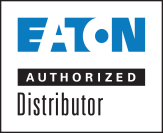Preventative Maintenance of Hydraulic Hoses is Vital
One of the most vitally essential components of any hydraulic system is the hydraulic hoses. Hoses impact how well your equipment works and require preventative maintenance to catch problems before they have a chance to develop.
If hoses are not inspected regularly, you risk equipment failure and potential shutdowns. Inspections involve searching components for possible leaks and wear, and the more thorough the inspection, the better chance of avoiding issues that could jeopardize production.
Preventative Maintenance vs. Reactionary Response
When we rely on equipment to perform correctly, it makes sense to conduct preventative maintenance to keep the equipment working efficiently. Waiting until things start to go wrong is a reactionary response that may ultimately result in more extensive repairs, the need for additional parts replacement, job hours, and longer deadline delays, negatively impacting the entire production system.
Preventative maintenance equals less downtime overall and keeps equipment in its best possible condition, leading to a longer lifespan, which equals a better economic return. Just think of your car - it's the same principle. When a repair is necessary, using a professional company like Action Supply to repair hydraulic hoses and machinery will save time and money due to their experience and expertise.
Warning Signs and Timely Inspections
Several early warning signs indicate that hydraulic hoses may be in danger of impending failure. An experienced technician knows what to look for and what is required to get things running again.
Technicians recommend inspecting hydraulic hoses and components on stationary equipment at least four times per year. Mobile equipment differs in that inspection occurs after four to six hundred hours of use or every three months, whichever comes first. Exceptions are made for equipment used in extreme environments and critical machinery, which should frequently receive preventative maintenance inspections.
Inspecting Hydraulic Hose Components
Hose inspections examine covers, connectors, routing, and possible leaks as an essential part of a regular preventative maintenance schedule.
Hose Covers - Damage to hose covers requires an immediate replacement of the hose assembly. Technicians search for possible cracks, cuts, splits, blisters, color changes, hard spots or abrasions, and repair the source of the damage to avoid repeat occurrences.
Hose Connectors - Connectors require close examination for signs of cracks, corrosion, and separation at the fittings from being stretched too tight, which can all lead to eventual leaks.
Hose Leaks - All hose surfaces are inspected against leaks, which can cause bursting. Indicators are:
- Puddles.
- Dirt on the hose and equipment.
- Depleted fluid or bubbles on hose covers.
Leaking hoses may be a sign of more significant problems.
Hose Routing - Improper routing causes serious issues, including twisting, kinks, contact with metal parts, not enough slack, and proximity to high temperatures, the consequences of which can lead to complete system failure.
Preventative maintenance of hydraulic hoses is essential to equipment's longevity and optimal operation. Hire experienced technicians to provide regular inspections of hydraulic hoses, thus avoiding potential shutdowns and unnecessary machinery damage. Action Supply offers timely and professional hydraulic hose inspection, maintenance, and repair service.





